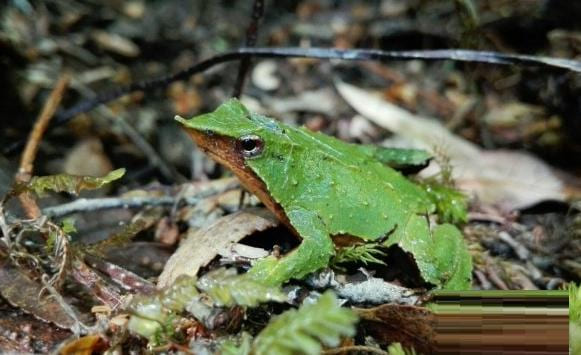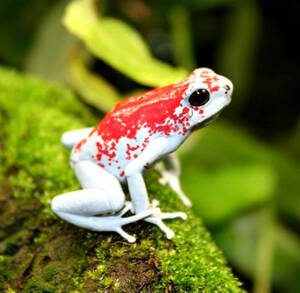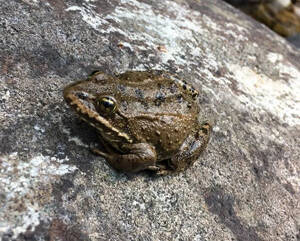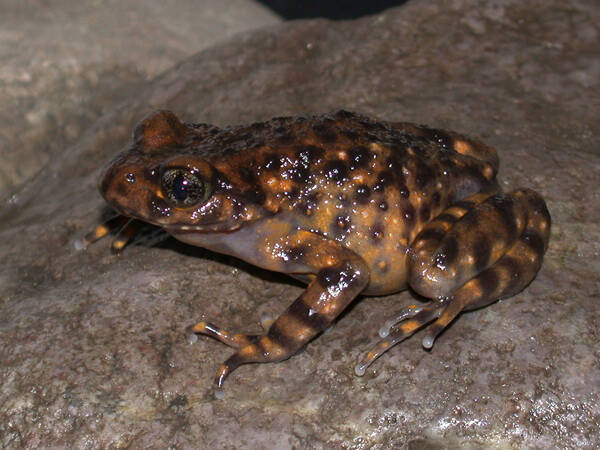Hoplobatrachus chinensis
IUCN
LCBasic Information
Scientific classification
- name:Hoplobatrachus chinensis
- Scientific Name:Hoplobatrachus chinensis,Hoplobatrachus rugulosus,Water chicken, frog, green chicken, mud frog, toad
- Outline:Anura
- Family:Anura F.T.F.family T.F.genus
Vital signs
- length:66-121mm
- Weight:250g
- lifetime:
Feature
Tiger frogs are large and have high economic value. Like other frogs, tiger frogs feed mainly on agricultural pests.
Distribution and Habitat
In China, tiger frogs are distributed in Henan, Shaanxi (Langao), Anhui, Jiangsu, Shanghai, Zhejiang, Jiangxi, Hubei (Wuhan, Macheng, Yichang), Hunan, Fujian, Taiwan, Sichuan (Jinchengshan, Nanchong), Yunnan, Guizhou, Guangdong, Guangxi, Hong Kong, Macau, and Hainan. Tiger frogs in urban waters in the Pearl River Delta are mostly escaped during breeding, or naturalized after being released by the masses. The source comes from the Thai-Myanmar Peninsula and belongs to another lineage. The local tiger frog population in the Pearl River Delta has therefore shrunk greatly. Abroad, it is distributed in Myanmar, Thailand, Vietnam, Cambodia, and Laos.
It lives in rice fields, fish ponds, puddles, and ditches in mountainous areas, plains, and hilly areas at an altitude of 20-1120m.
Appearance
The back is yellow-green or gray-brown with scattered green-brown spots; the limbs have obvious horizontal stripes; the ventral surface of the body and limbs is flesh-colored, the pharynx and chest have brown spots, and the abdomen has spots or no spots. The male has a well-developed gray nuptial pad on the first finger; there is a pair of external vocal sacs under the pharynx.
Details
Tiger frogs often live in water places such as rice fields, ditches, ponds, reservoirs, swamps, etc. below 900 meters above sea level. Their habitats change with different life periods such as foraging, breeding, and wintering. In the breeding season, they mainly move in still water and shallow water areas such as rice fields. When they are young, they mostly live in caves such as ridges and cracks made of stones. They only stick their heads out of the caves. If there is food, they will quickly prey on it. If they encounter enemies, they will hide in the caves. Tiger frogs are most active in the hours after dusk, especially in the evening, and they appear to be extremely excited.
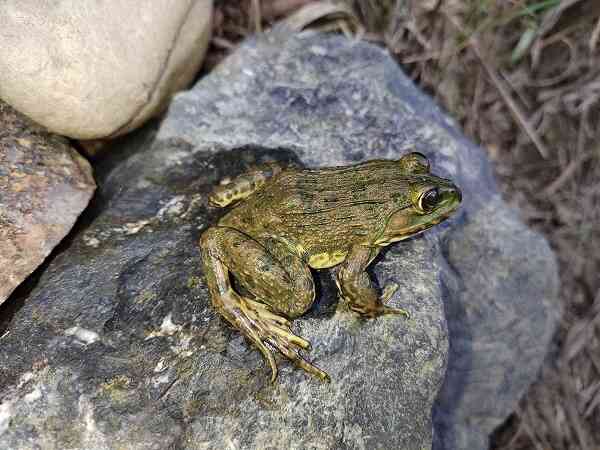
Tiger frogs are carnivorous animals. In nature, they mainly prey on insects such as locusts, moths, dragonflies, and beetles. Tiger frog tadpoles feed on natural baits such as protozoa, algae, and organic debris in the water. Unlike ordinary frogs, tiger frogs can not only prey on active food, but also directly find and eat static food without domestication. They are selective about static food and generally prefer food with a muddy smell, such as fish, snail meat, and earthworms. Tiger frogs mainly hunt at night, and hunt less during the day. Tiger frog tadpoles metamorphose quickly, so the frog's growth period is relatively long. It grows relatively fast, and after 4-5 months of breeding, it can reach the specifications of a first-class commercial frog. It usually takes only about 1 month for tiger frogs to metamorphose from egg production to frog metamorphosis. After metamorphosis, frogs gain weight quickly when the temperature is around 30℃, with sufficient feed and proper management. The daily weight gain can reach 6% of their body weight. After about 3 months of breeding, the average individual can reach more than 100 grams, and the largest can reach 150 grams.
The breeding period of tiger frogs is from May to September. Its reproduction, development and metamorphosis are all carried out in water. Frogs do not have copulatory organs. They mate in rice fields, ponds or ditches before laying eggs. At the same time as the female frog lays eggs, the male frog ejaculates and fertilizes in the water (in vitro fertilization). According to its gonadal development, the tiger frog is a multiple spawning type. The tiger frog eggs are multi-yellow eggs, which are extremely black in animals and extremely milky or light yellow in plants. The eggs produced are adhered into small pieces and float on the water surface. Each piece has more than ten to dozens of eggs. Most of the eggs are laid in permanent ponds or puddles.
Listed in the second level of China's 2021 edition of the "National Key Protected Wildlife List" (only for wild populations).

